Editor’s note: This story was written at an earlier stage of the pandemic, at a time when there were fewer restrictions in place. Currently this program is not running.
Prior to the COVID-19 pandemic, the Terrace Art Gallery was very busy with opening night galas, art workshops, and kids’ camps. The COVID-19 safety restrictions initially made it difficult for the gallery’s board and staff to follow their mandate ‘to enrich local and regional culture by providing a continuous exposure to the visual arts and encouraging community involvement through outreach, education and service.’
But according to Gallery Coordinator Laura McGregor, they adapted quickly. For example, the gallery hosted several online events including auctions and art challenges, and increased their public and member communications.
“We feel we’ve been strong in our ability to continue to function as a non-profit and continue with our work,” Laura said.
Grant to support resilient communities
The art gallery often relies on external funding, so when several of Laura’s community contacts encouraged her to apply to Northern Health’s Northern Resilient Communities Grants program in August 2020, she did.
“We had never considered Northern Health as a funder before,” Laura said. “But it was really a short and easy application, quick and sweet.”
Showcasing the gallery’s efforts to continue to fulfill its mandate, Laura applied and received the maximum amount of $5,000. Her application detailed a plan for six workshops, 2.5-hours each, free to all ages, to be delivered in the fall of 2020.
“We were looking for a way to support our artists and give them something in this unknowing time. We also wanted to engage the community,” said Laura.
Good for artists
With the gallery closed, Terrace and area artists have had to adapt and show their work elsewhere.
“Some did it on Facebook and Instagram. But some artists completely missed their show, so they suffered financially this year,” Laura said. “With the grant we were able to pay the artists a professional rate and appreciate their work.”
The workshops also allowed artists to reconnect with the community.
Amanda Hugon, a Sto:lo artist who taught one of the workshops, said, “Teaching helps me learn in so many ways. I love knowing more about people and their interests. There’s also something about allowing people to express themselves with art that makes me feel so empowered and moved. It gives me a real sense of accomplishment."
Good for participants
“Art is good for the mind, body, and soul,” Laura said.
“Making art lets people escape their daily routine,” she said. “And when there’s a workshop, there’s a beginning and ending, so you have that successful feeling of being part of group, and have a visual end product that you can enjoy.”
A total of five artists – four from Terrace and one from Hazelton – taught the six workshops. Each workshop offered different supplies, themes, and techniques.
“Depending on which artist and technique interested them, people could sign up for one or a few of the workshops,” Laura said. “People were telling me it felt so good to have something to do and put on their calendar.” One workshop even included meditation and dancing.
Mara Baltais, who participated in that workshop, said, "I was impressed at how the five-minute guided meditation session allowed me to get in my creative headspace and to visualize some ideas to begin painting. I went home totally refreshed and talking with a friend about how I need to incorporate mindful painting on a weekly basis.”
Good for the gallery
“This was a huge success,” Laura said. “Workshops are a great way to engage the community and something we can offer easily for free.”
“People come in, fall in love with the gallery, see the art and fall in love with that too. They shop in the gift shop and buy memberships,” she said, adding, “We even had three or so people who hadn’t been to the gallery before.”
Good for the community
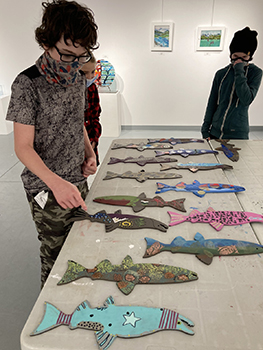
In September’s workshop, participants decorated wooden heart cut-outs. In October’s workshop, participants decorated wooden fish cut-outs. All the finished pieces are designated to brighten the community.
The completed hearts will join 200 similar cut-outs that were decorated and displayed around town as part of the Skeena Salmon Art Fest this past summer. (The theme for those hearts was ‘how we care for one another during the pandemic.’)
The newly decorated fish will join the ‘Millennium Pathway Migration’ and hang on the fence along the Millennium Trail, a popular Terrace walking route. The plan is for hundreds of completed fish to be displayed, all facing one way, resembling a salmon migration to the ocean.
“The idea was for participants to experience making the art, but for the whole community to enjoy it,” said Laura.
Funding redirected
Northern Health’s current priority is supporting community partners and organizations to respond to, adapt, withstand, and recover from challenges faced due to COVID-19. For this reason, funding from the IMAGINE grant program was redirected to the new Northern Resilient Communities Grants.
Applications for this grant program are currently closed.

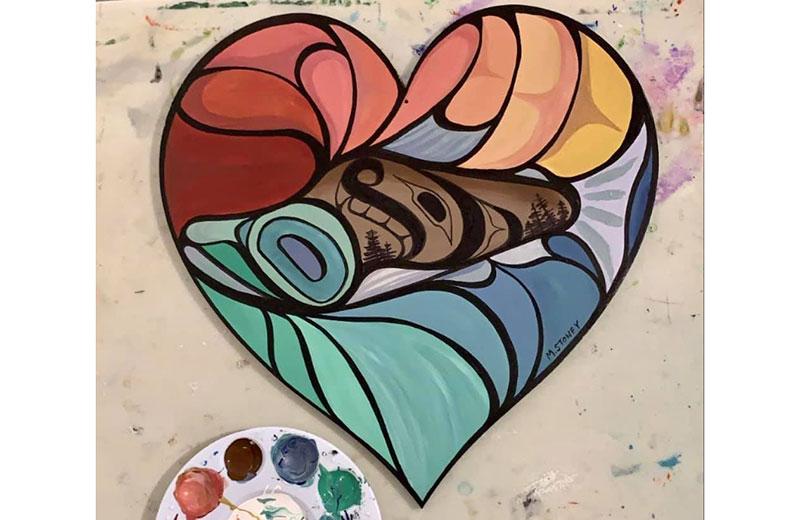






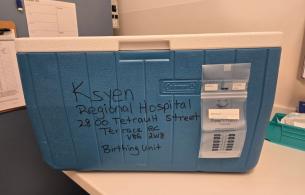


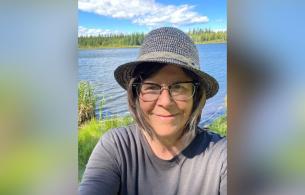
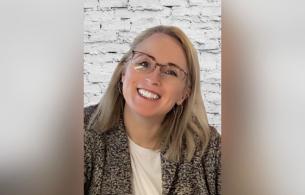
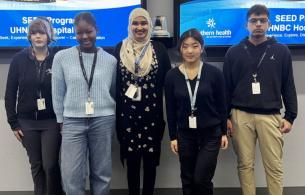
Comments